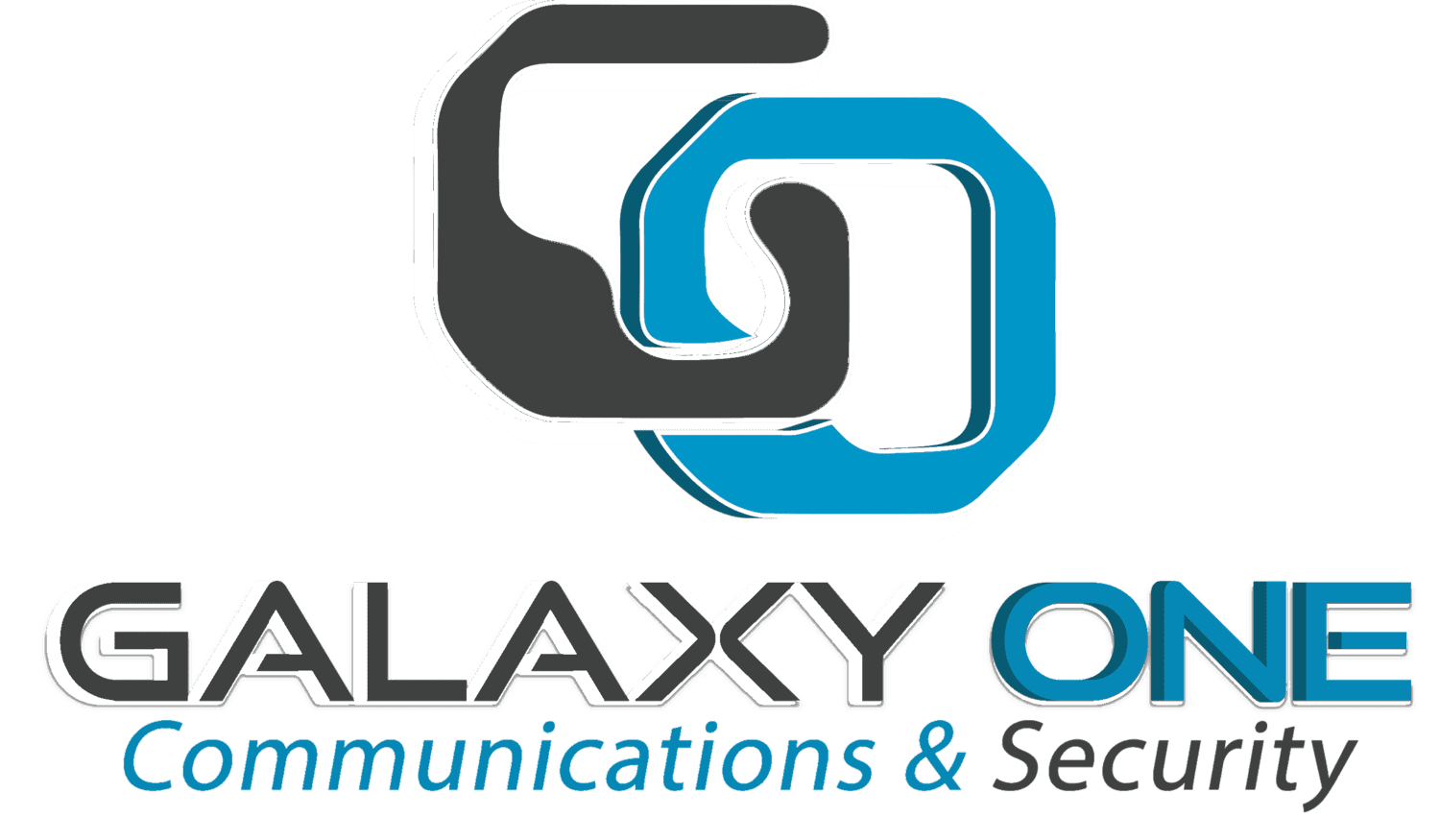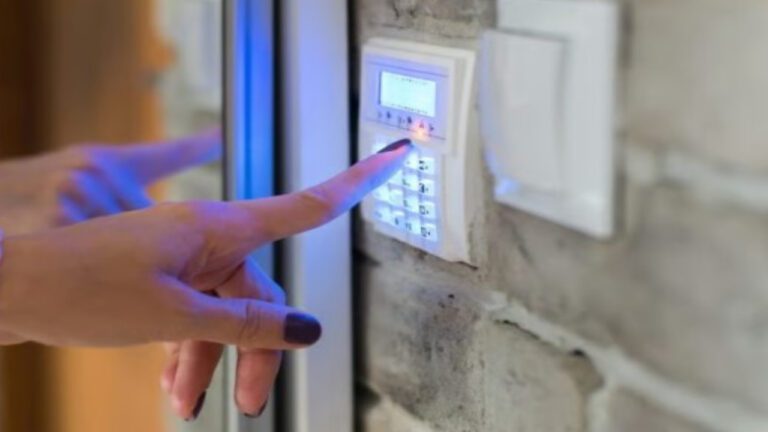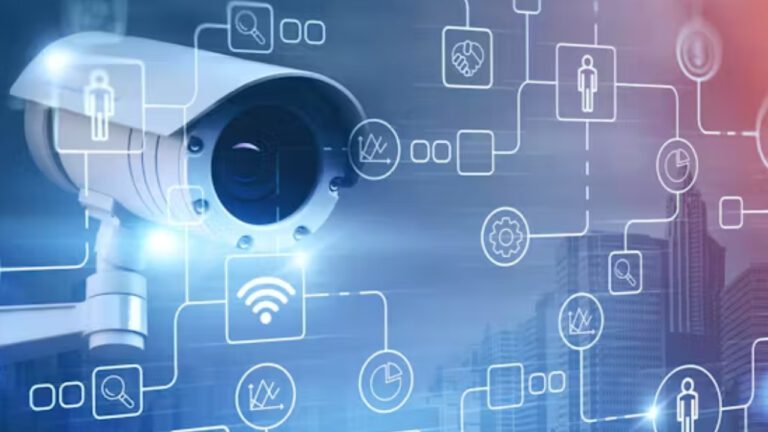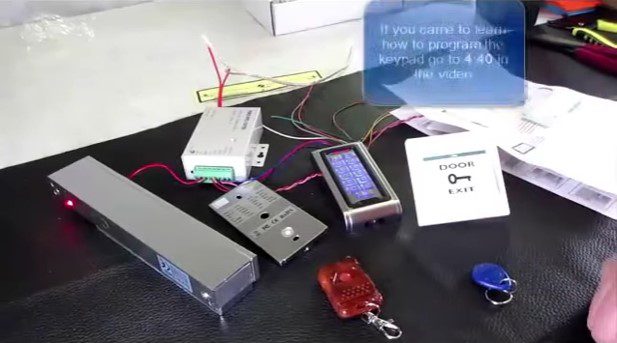In today’s world, technology is growing fast. Businesses and organizations use many computers and digital systems. Because of this, the old ways to protect things like key and password are not very good. That’s where Galaxy Access Control comes in. This is a new and exciting way to make sure that only the right people can enter a place or use certain information.
What is Access Control?
Access control is like a unique lock that only lets certain people in. Imagine you have a secret clubhouse and only want your friends to come in. Could you give them a unique code or a key? Access control does the same thing but for places like buildings, rooms, or computer files. It helps keep important things safe.
How Has Access Control Changed?
-
Old-Fashioned Locks and Keys: People used regular locks and keys a long time ago. But if someone lost their key or got stolen, it was a big problem.
-
Electronic Cards and PINs: People started using electronic cards and PIN codes. These were better, but sometimes people would share their PINs or lose their cards.
-
Biometrics: Next, we had things like fingerprint and face scanners. These are very secure because everyone’s fingerprint and face are unique. But they needed special machines.
-
Intelligent Systems: Now, we have innovative systems like Galaxy Access Control. These use many ways to ensure only the right people get in, like using your phone or scanning your face.
What Makes Galaxy Access Control Special?
-
Multi-factor authentication (MFA) means using many ways to check who you are. For example, you might need to enter a code, use your phone, and scan your fingerprint.
-
Biometrics: It can scan your fingerprint, face, or eye to ensure it’s you.
-
Mobile Credentials: You can use your smartphone to get in instead of carrying a key or card.
-
Cloud-Based Management: This means you manage everything online. It’s easy to control and watch many places at once.
-
Easy to Use: The system designers made it simple., so it’s easy to add new people or change who can get in.
Why is Galaxy Access Control Important?
-
Better Security: New technology makes it much harder for people who shouldn’t be there to get in.
-
Scalability: It can grow with the business. Whether it’s a small office or a big company with many buildings, it works well.
-
Convenience: Using your phone or fingerprint is quick and easy. No more worrying about losing keys or cards.
-
Cost-Effective: It might cost more at first, but it saves money later. It is more secure and easier to manage.
-
Reports and Compliance: It keeps track of who comes and goes. This helps follow the rules and find out what happened if something goes wrong.
Where Can We Use Galaxy Access Control?
-
Offices: It can keep places like computer rooms and offices safe.
-
Schools: Schools can use it to keep classrooms and offices safe for students and teachers.
-
Hospitals: Hospitals can use it to keep patient records and unique rooms safe.
-
Homes: People can use it to secure their homes and apartment buildings.
-
Stores and Hotels: It helps keep storage rooms and guest rooms safe in stores and hotels.
How Do We Set Up Galaxy Access Control?
-
Planning: First, identify what needs protection and who needs access.
-
Designing: Choose the right tools, like scanners and smart locks, and set up the system to fit your needs.
-
Installing: Put in the hardware and connect it to other systems.
-
Training: Teach people how to use the new system.
-
Testing: Make sure everything works properly.
-
Monitoring: Keep an eye on things to make sure everything stays secure.
The Future of Keeping Things Safe
In the future, access control will get even brighter. Using AI and IoT, these systems will learn and get better at security. They will be able to predict problems and keep us safe before anything goes wrong.
Conclusion
Galaxy Access Control is a big step forward in keeping places and information safe. Using the latest technology makes sure only the right people can access the system. This keeps it secure and easy to manage. As the world connects more, Galaxy Access Control will help keep things safe.
FAQ of Galaxy Access Control
What are the 4 types of access control?
The four main types of access control are:
- Discretionary Access Control (DAC): In DAC, the resource owner decides who can access it. The owner assigns access permissions at their discretion.
- Mandatory Access Control (MAC): MAC enforces strict rules set by the system or admin. Users cannot change permissions. The system grants access based on set security labels or classifications.
- Role-Based Access Control (RBAC): RBAC assigns permissions based on organizational roles. Users get access based on their role, not on individual permissions.
- Attribute-Based Access Control (ABAC): ABAC grants access based on a mix of attributes. These include user attributes, resource attributes, and environmental conditions. The system assesses access based on these attributes.
How does access control work?
Access control regulates who can enter or use specific resources or information. Here’s a simple breakdown of how it functions:
- Identification: The system identifies who the user is. You can use usernames, ID cards, or biometric data like fingerprints for this.
- Authentication: The system verifies the user’s identity. This might include a password, a fingerprint scan, or other ways to confirm the user’s identity.
- Authorization: Once the system authenticates the user, it checks what the user can do. This means checking permissions or roles to see if the user can access the resource or do the action.
- Access Granting or Denying: The system gives or denies access based on authorization. If authorized, the user can access the resource. If not, the system blocks access and usually informs the user.
- Monitoring and Auditing: The system monitors and records access events. This can include who accessed what, when, and what actions they performed. This information helps audit and ensure compliance with security policies.
Access control ensures only approved people can use certain resources or do tasks. This keeps information safe.
What is the best type of access control?
The best type of access control depends on the organization’s needs and situation. Each type of access control has strengths and suits different scenarios:
- Discretionary Access Control (DAC) is best when owners need to manage permissions flexibly. It works well for small organizations or less sensitive places. It is important where ease and flexibility matter.
- Mandatory Access Control (MAC) is best for high-security places. Organizations use it where they need strict control of access permissions. Military and government settings use it where they need strict security rules.
- Role-Based Access Control (RBAC) is great for large organizations. It works well where roles and responsibilities are clearly defined. It makes management easier by grouping permissions into roles. This helps manage access based on job functions.
- Attribute-Based Access Control (ABAC) is best for complex settings. It decides access based on user traits, resource details, and conditions. It offers fine-grained access control and is highly flexible.
Choosing the Best Type
- For Simplicity and Flexibility, DAC might be suitable.
- For High Security and Strict Policies, MAC is often preferred.
- For Role-Based Organizations: RBAC provides a structured approach.
- For Complex and Dynamic Environments: ABAC offers the most flexibility and granularity.
Many organizations use these methods to balance security, flexibility, and ease of management.




